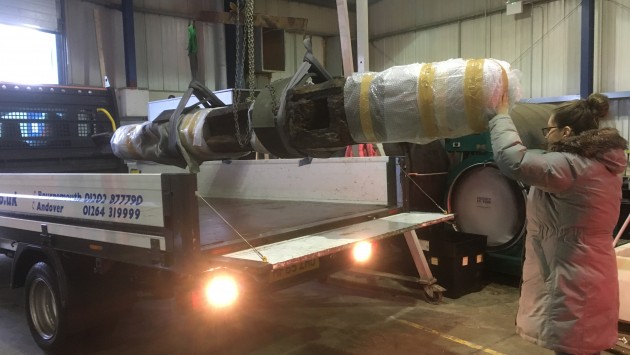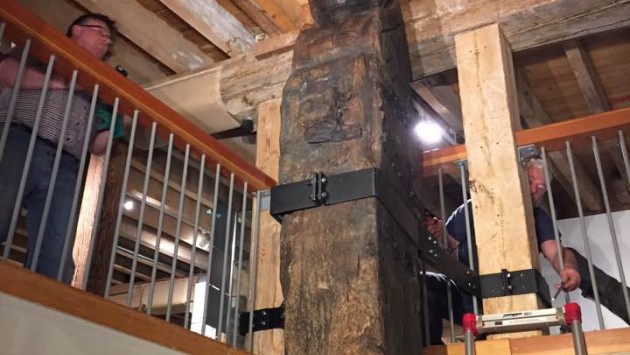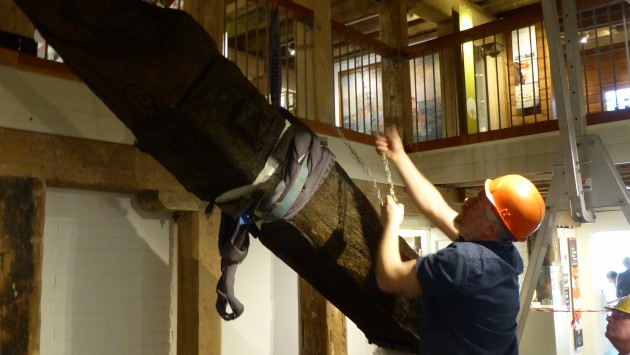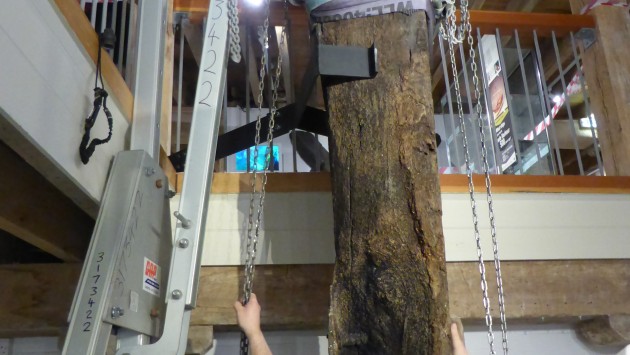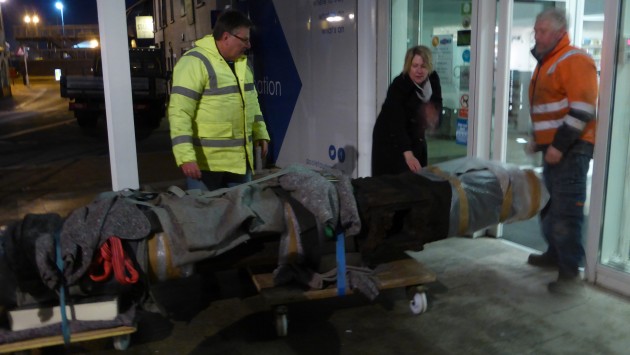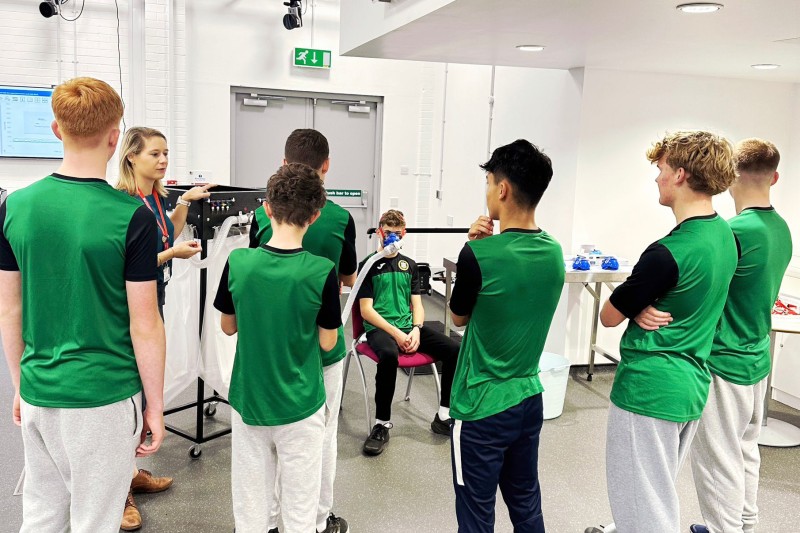A hand-carved ornate rudder once part of the Swash Channel Wreck is to go on display at Poole Museum.
Excavated by Bournemouth University marine archaeologists in 2013, the rudder has been preserved by York Archaeological Society and is to go on display alongside other artefacts salvaged from the shipwreck.
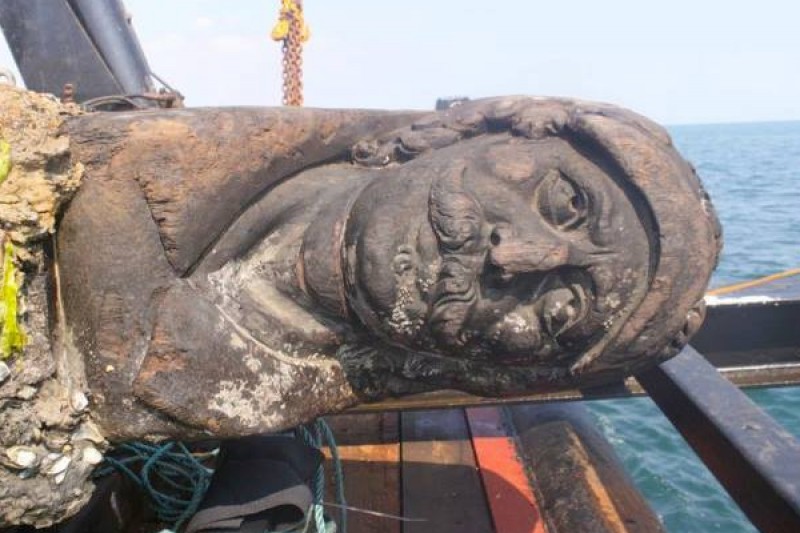
Marine archaeologist Dave Parham leads the university team who worked on the Swash Channel site. He said, “It is the end of a very long project, it marks the final part of an extremely large project, it is the oldest carved rudder in the UK and one of the oldest in the world, so in that sense it is a significant display of ship carvings.
“What is really interesting about it is that the chances are that the carving on the top of the wood is that of an individual. All of the other carvings from this ship are standard and could have been taken from other designs, but this one looks like it is of an individual, someone who may have owned the ship perhaps."
The Swash Channel Wreck was discovered in Poole Harbour in 2004 as a part of surveying the main shipping channel.
It was discovered to be a Dutch merchant vessell wrecked on Hook Sands, Poole Harbour, during a storm in the early seventeeth century.
The wreck is of significance because of its age, and its distinctive carvings, particularly the rudder with the mustachioed man at the head - a long standing tradition among Dutch ships. The carvings were often a sign of high status and wealth.
Bournemouth University began working on the site in 2005, working to excavate the site and preserve as much of it as was possible.
Giving context to the significance of the Swash Channel Wreck, Dave Parham continued, “It is a classic sign of post-medieval maritime trade and the international status of the material moving past Poole. This is a ship most likely going from the Netherlands to the Americas using Poole as a stopping off point. It is a lens through which we can view the history of Poole.
“Bournemouth University was involved in this project in its very earliest days and have brought it through investigating the risks of the site, the significance of the site, the rescue excavation and research – now through to the display. The display of this rudder is a chance to give this project to the public so that they can engage with it too.”
The rudder has been dried and preserved, an undertaking that took three years, and it is ready to for public viewing.
Cllr Mohan Iyengar, Portfolio Holder for Museums, is delighted that this significant piece of archaeological evidence has returned to Poole. “The Swash Channel Wreck is an interesting and important part of Poole’s colourful history, and it is wonderful that it has returned to Poole Museum for everyone to admire. We are thankful to the hard work of Bournemouth University, the York Archaeological Trust, Historic England, and Heritage Lottery Fund in preserving this beautiful piece of history, and I encourage everyone to visit Poole Museum to enjoy this display.”
The 8.5 metre high rudder will go on permanent display at Poole Museum on 22 March 2017. Entrance to the museum is free.
